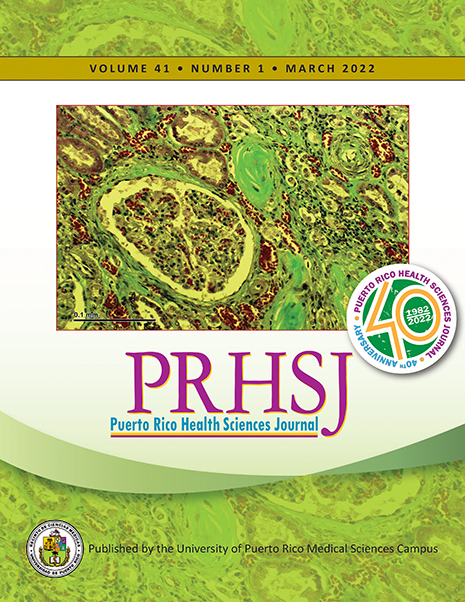Abstract
Objective: The objective of this study was to determine cut-off points that can be used to differentiate measures of empathy, which would then be classified as high, medium, or low. To do so, we used data from students from 7 medical schools in Colombia, El Salvador, and the Dominican Republic, after determining the psychometric properties of the 3-dimensional model of empathy in the Jefferson Scale of Empathy, S-version (for medical students). Material and Methods: This non-experimental descriptive study had a sample that consisted of 6291 students. The structure and factor invariance were analyzed by country and sex. A hierarchical cluster analysis and a bifactorial analysis of variance were applied. Results: The measure of empathy was reliable on the global scale (α = .82; ω = .88). A confirmatory factor analysis showed that the original model was replicable and adjusted to the data (comparative fit index [CFI] = .90; goodness of fit index = .94), while the multigroup analysis allowed to assume an invariant factor structure by country and gender (ΔCFI < .01). Tables were constructed with cut off points for empathy and its dimensions. Discussion and Conclusion: Our study solves the problem of comparing the scores and the levels of empathy observed in the medical students at different schools of medicine, making said comparisons within and between countries and between genders. The instrument used has adequate psychometric properties and the cut-off values obtained allow the classifying of people with lower or higher levels of empathy.
Authors who publish with this journal agree to the following terms:
a. Authors retain copyright and grant the journal right of first publication with the work simultaneously licensed under a Creative Commons Attribution License that allows others to share the work with an acknowledgement of the work's authorship and initial publication in this journal.
b. Authors are able to enter into separate, additional contractual arrangements for the non-exclusive distribution of the journal's published version of the work (e.g., post it to an institutional repository or publish it in a book), with an acknowledgement of its initial publication in this journal.
c. Authors are permitted and encouraged to post their work online (e.g., in institutional repositories or on their website) prior to and during the submission process, as it can lead to productive exchanges, as well as earlier and greater citation of published work (See The Effect of Open Access).
